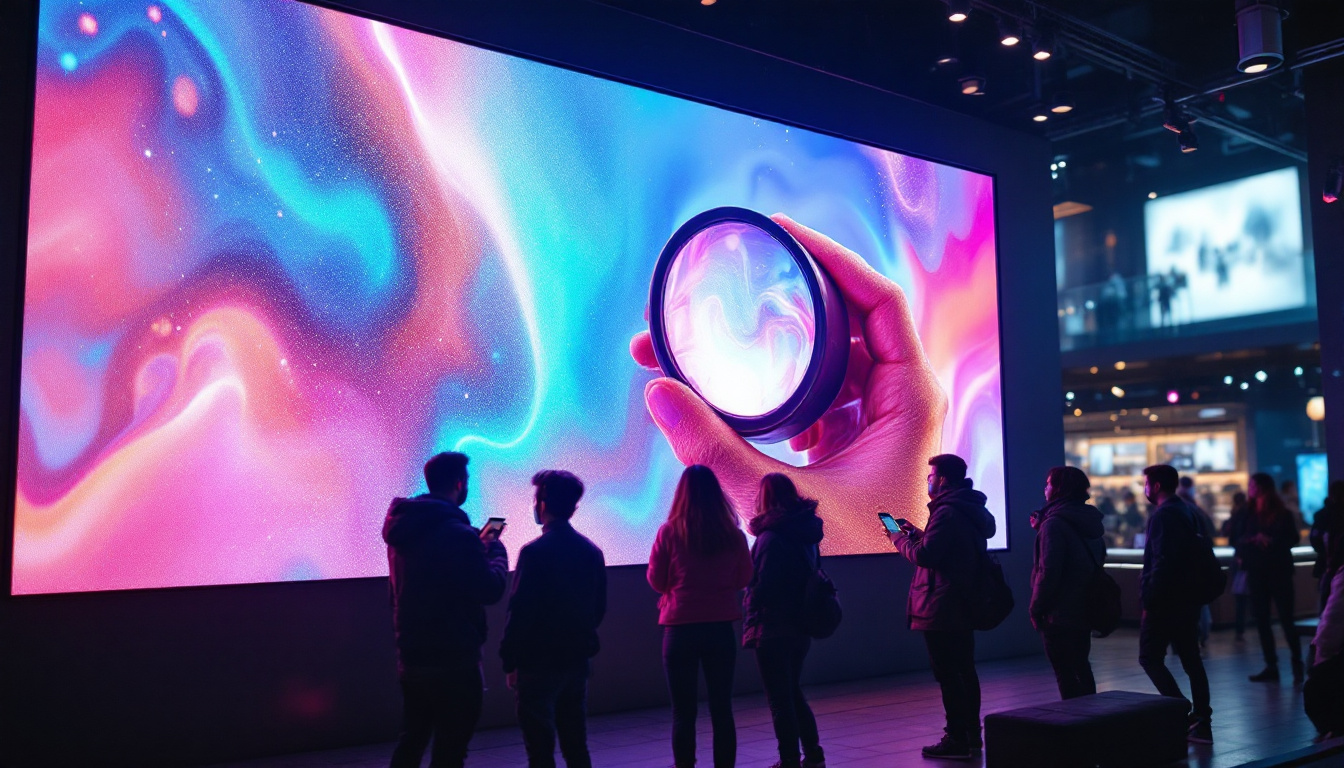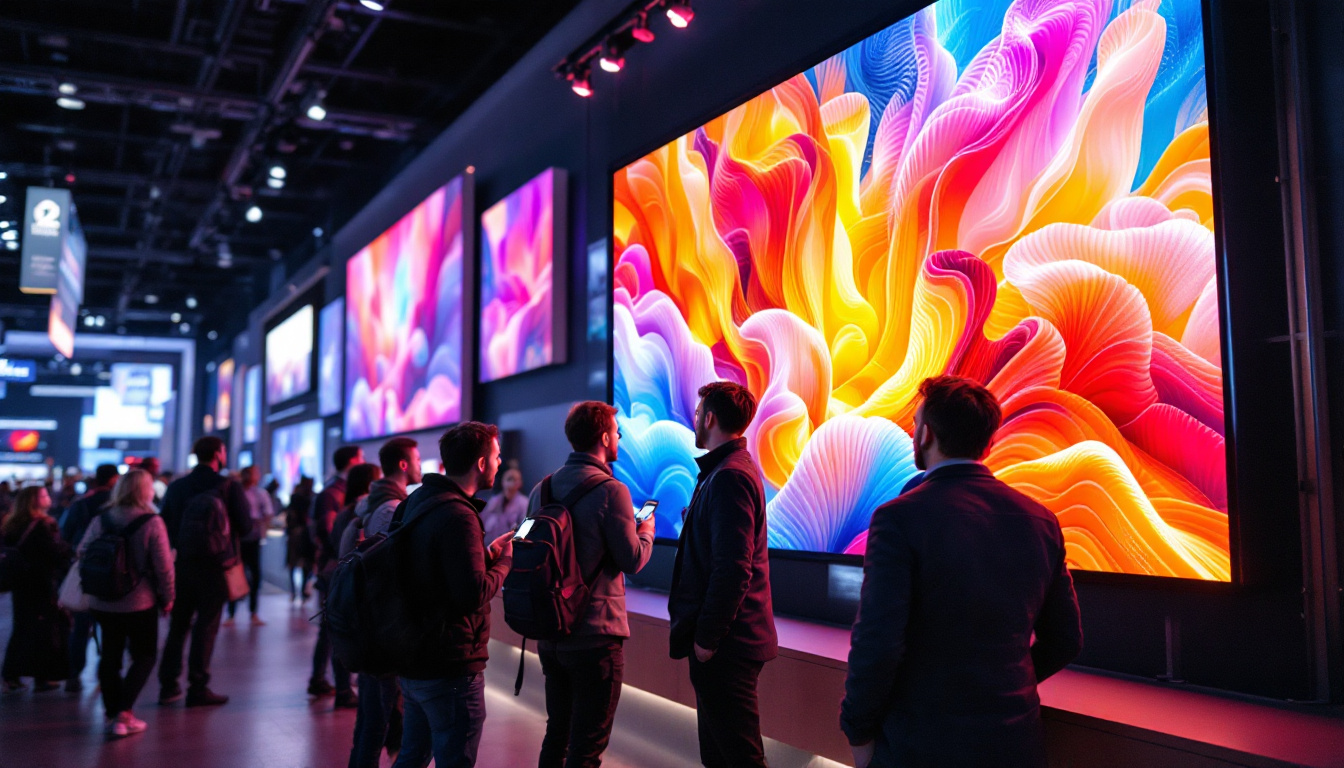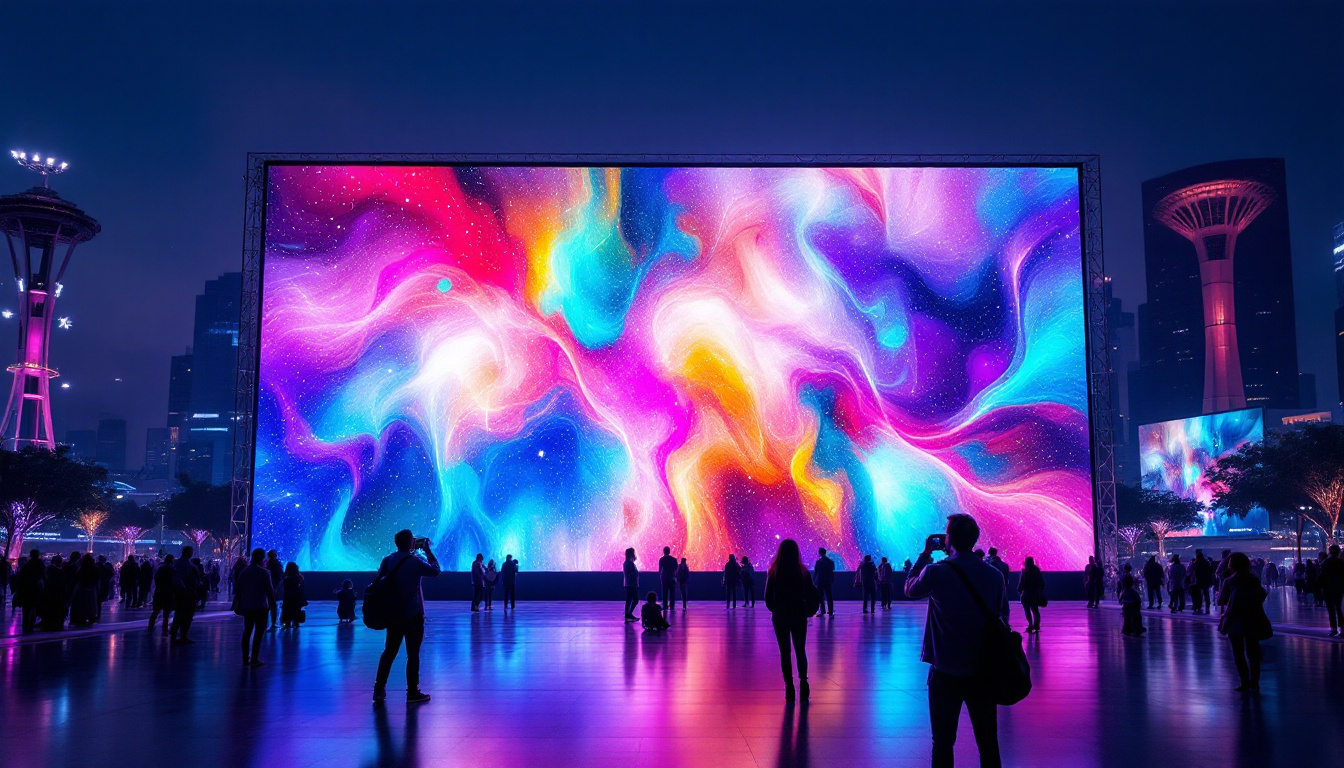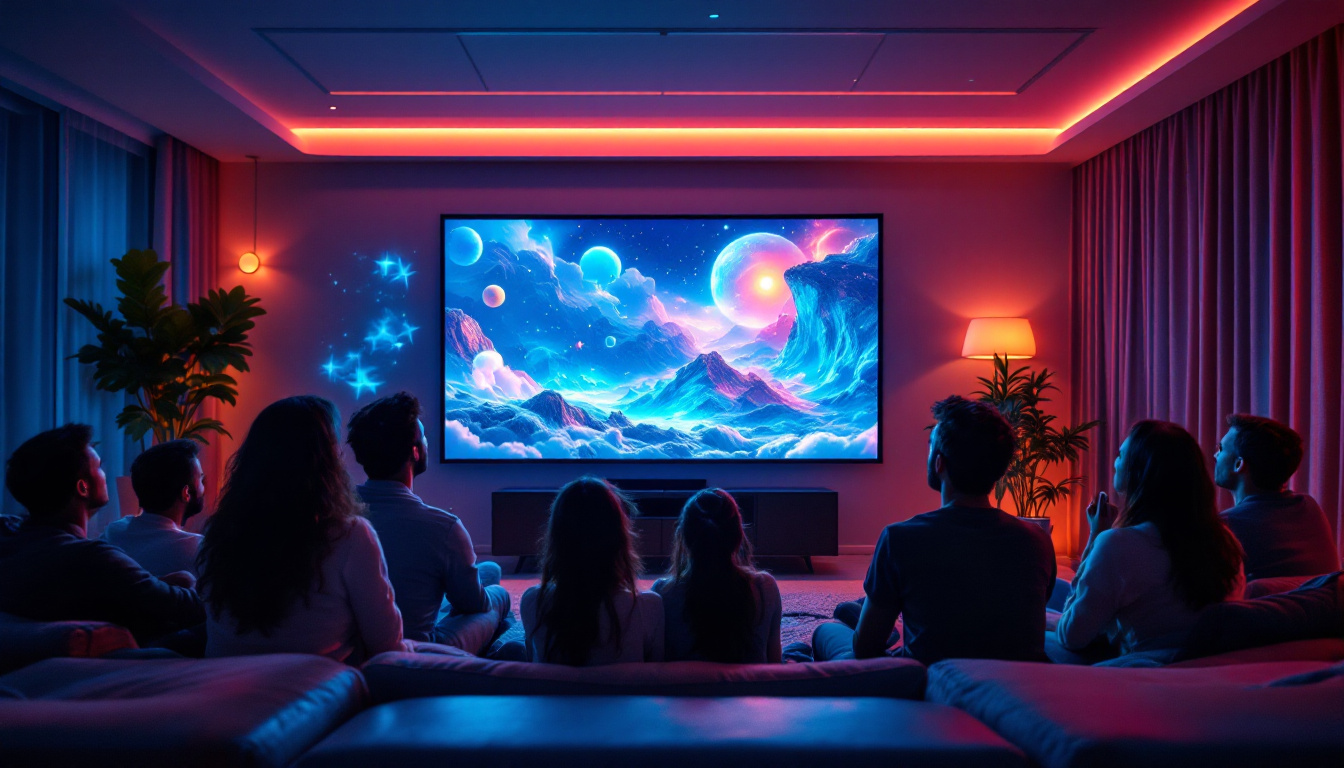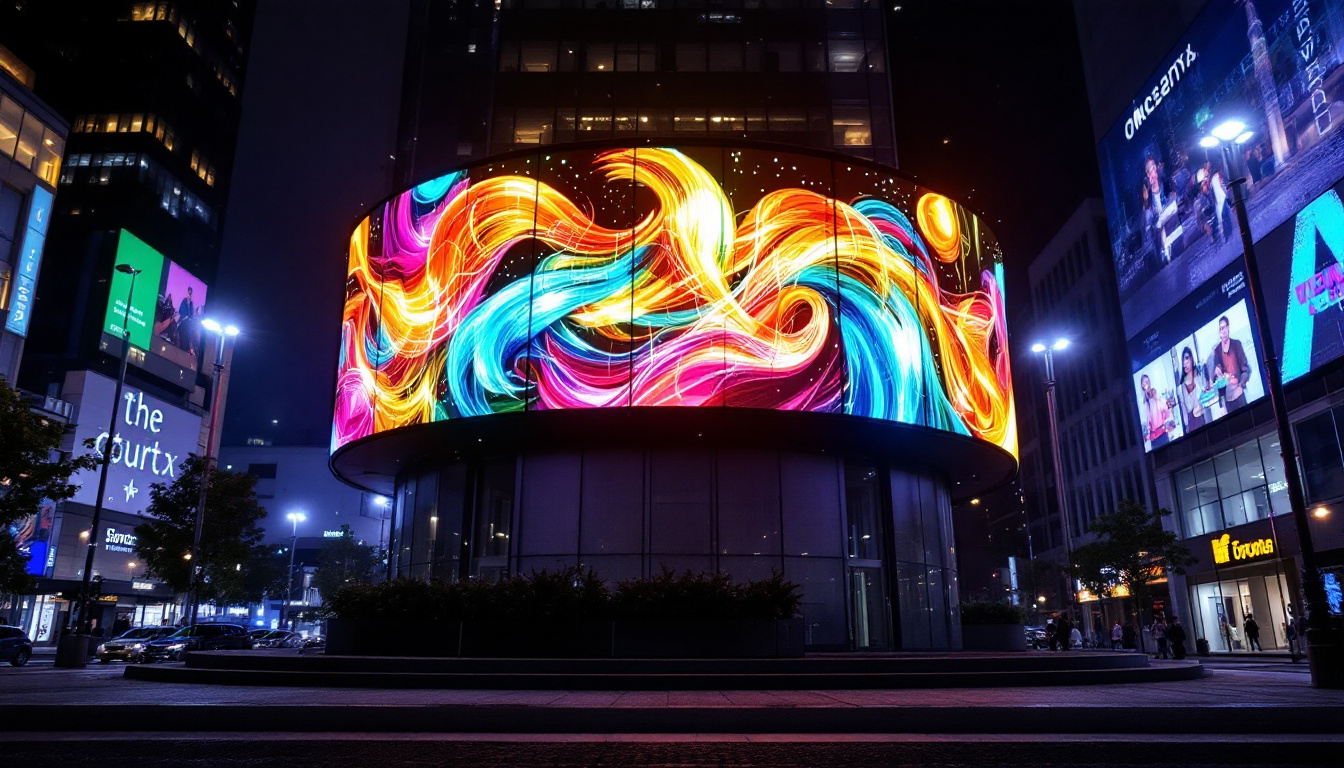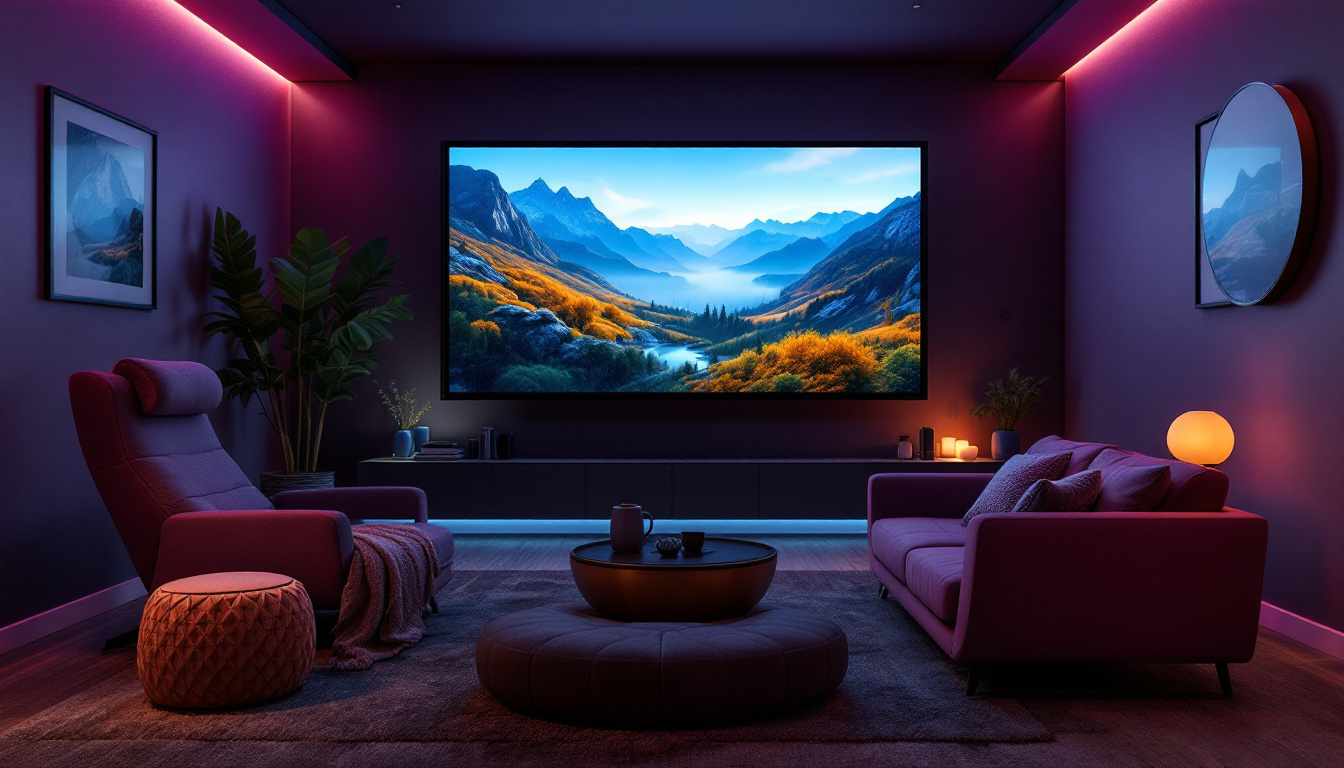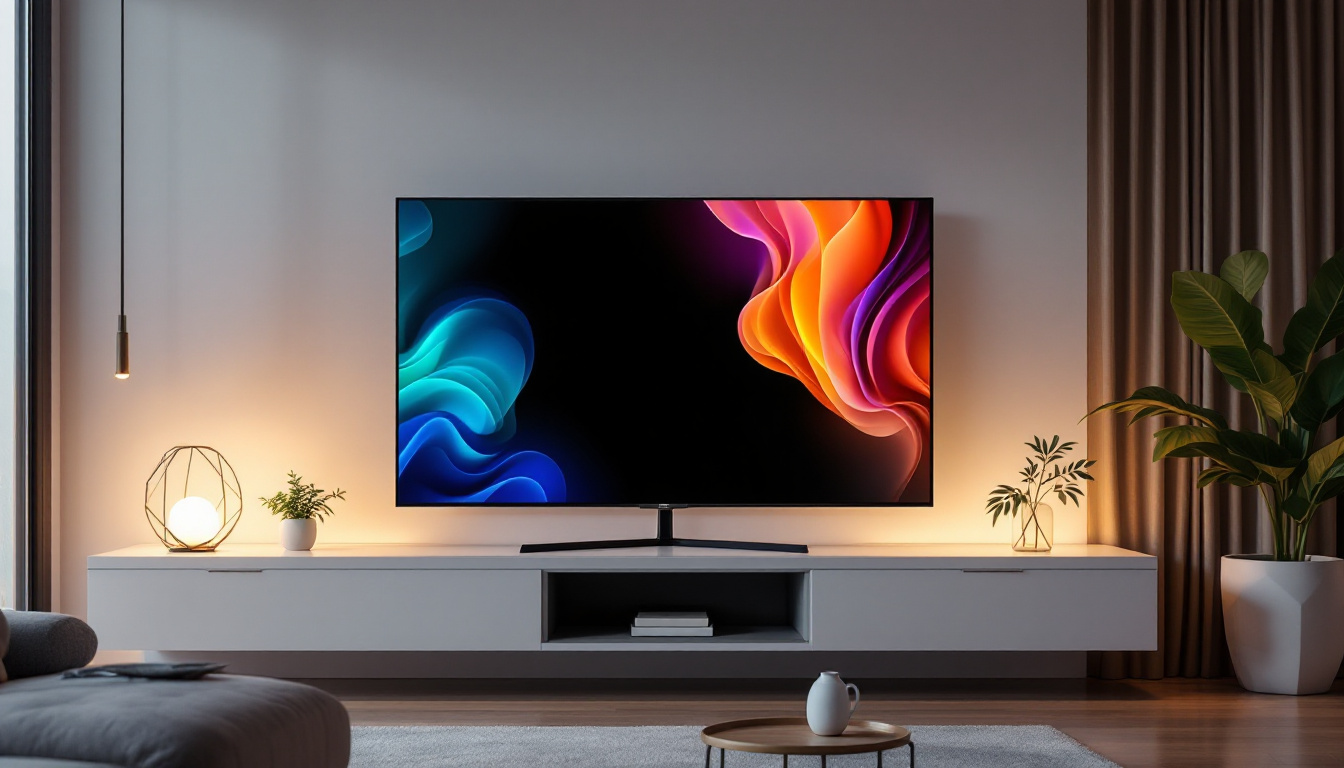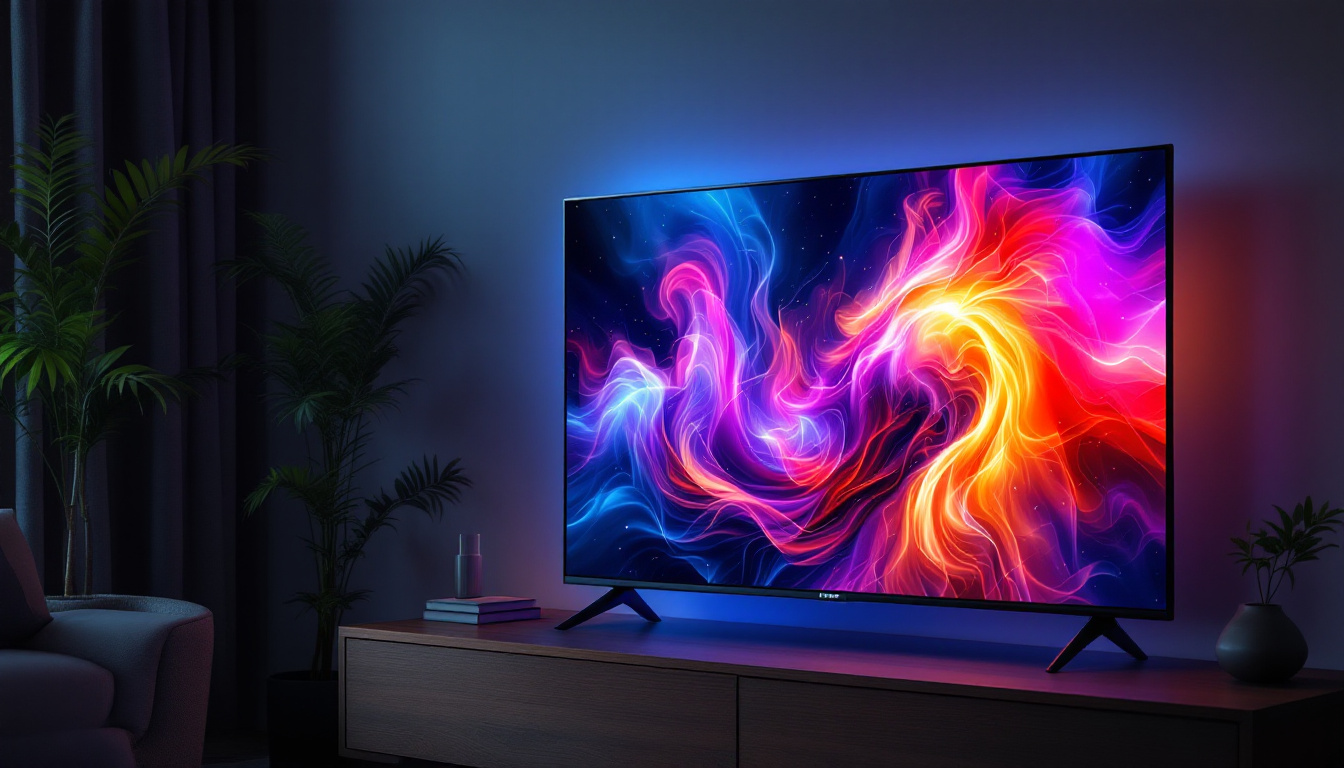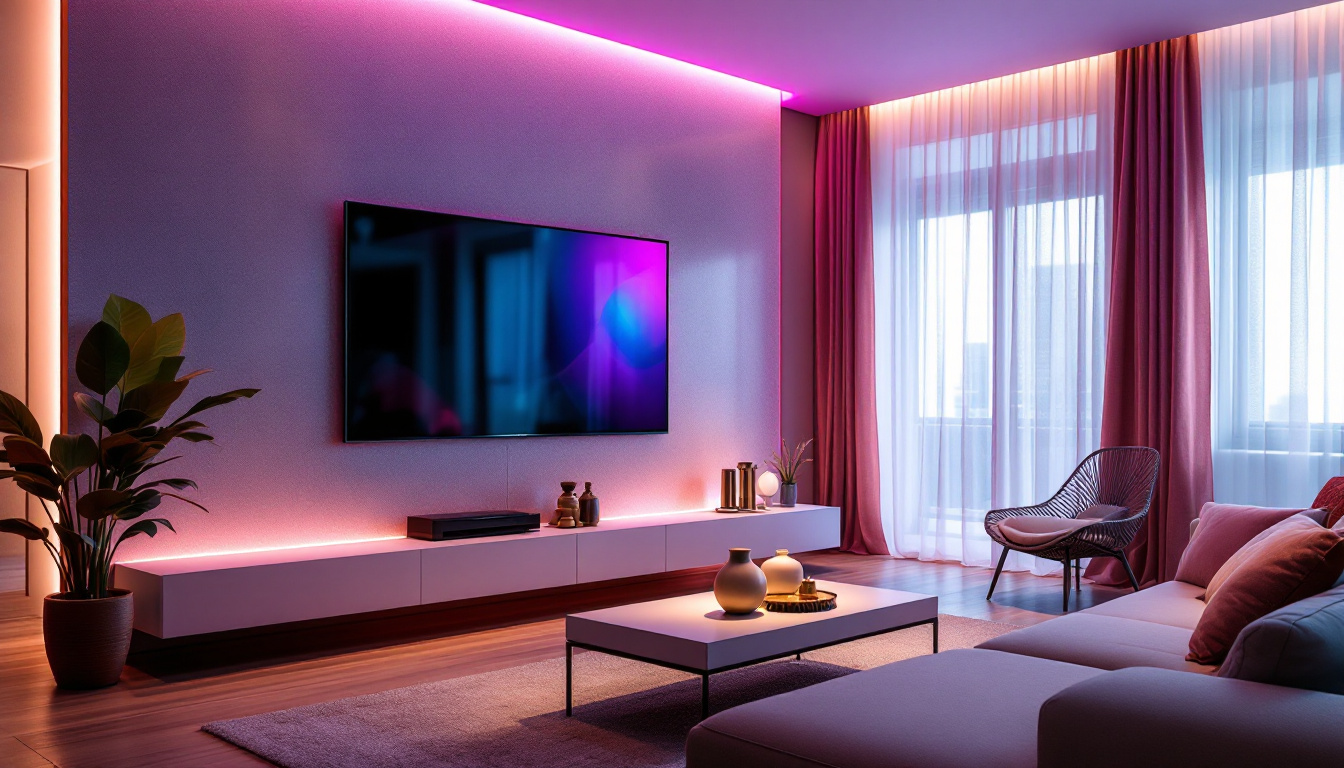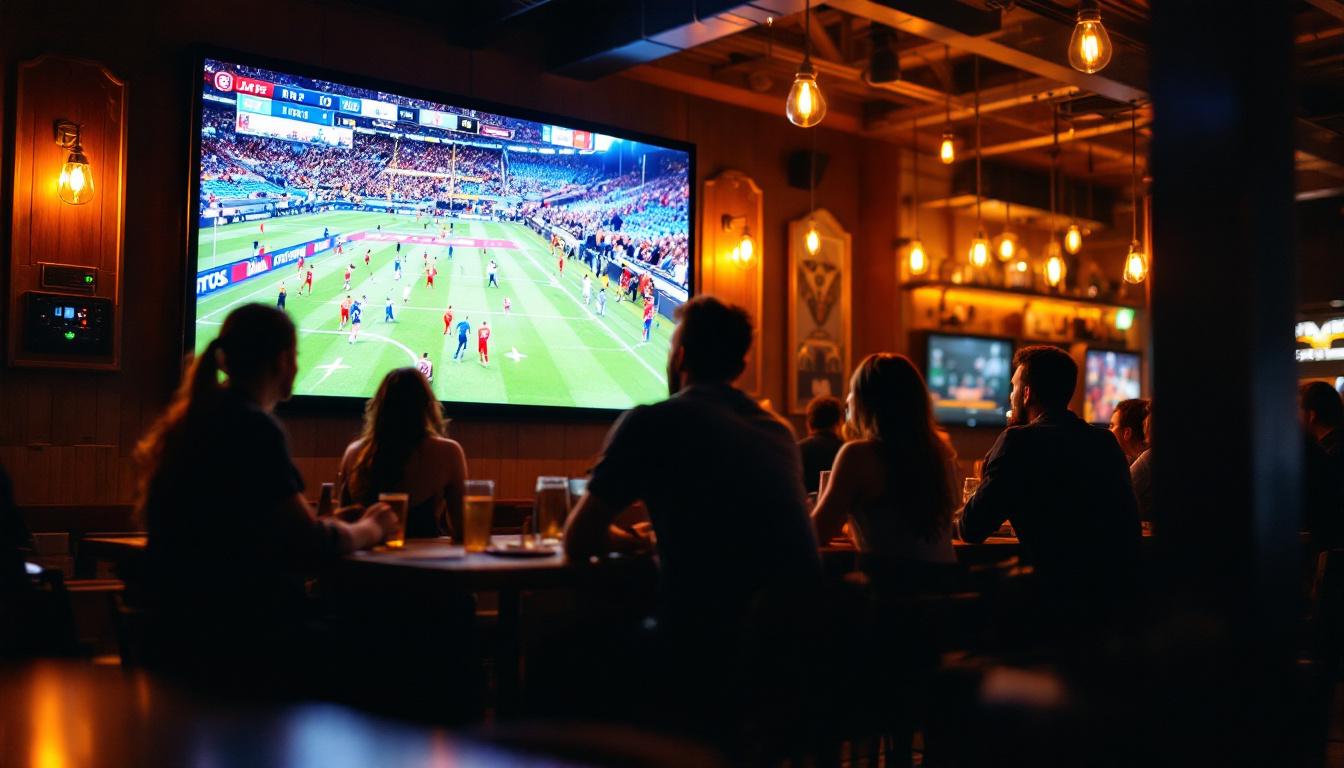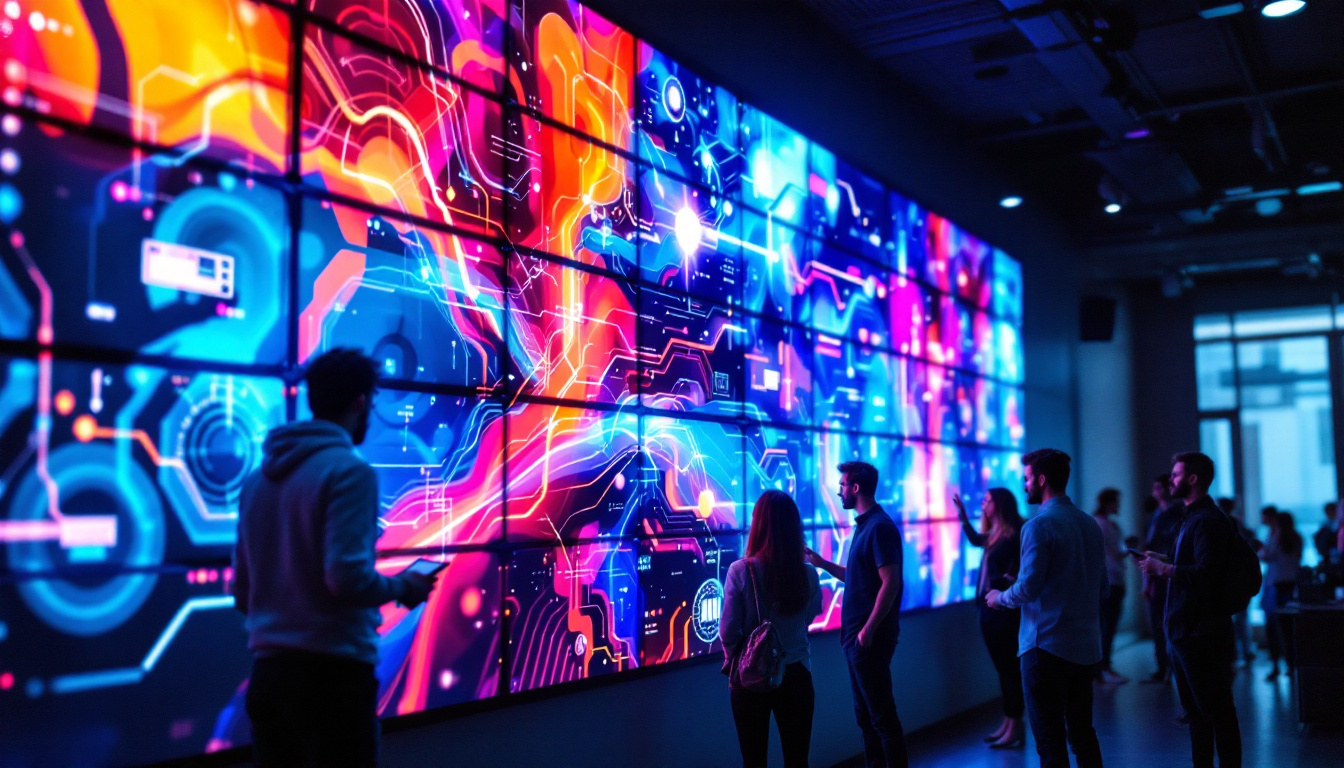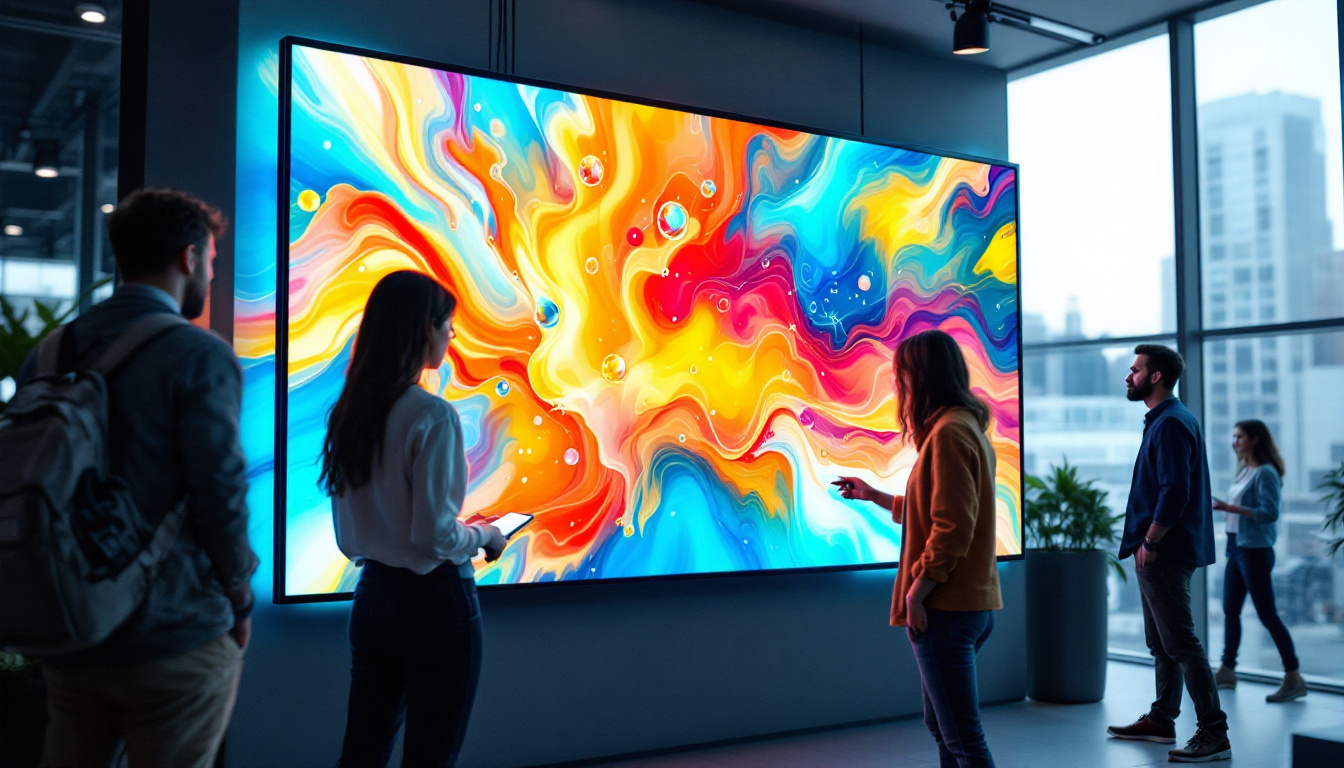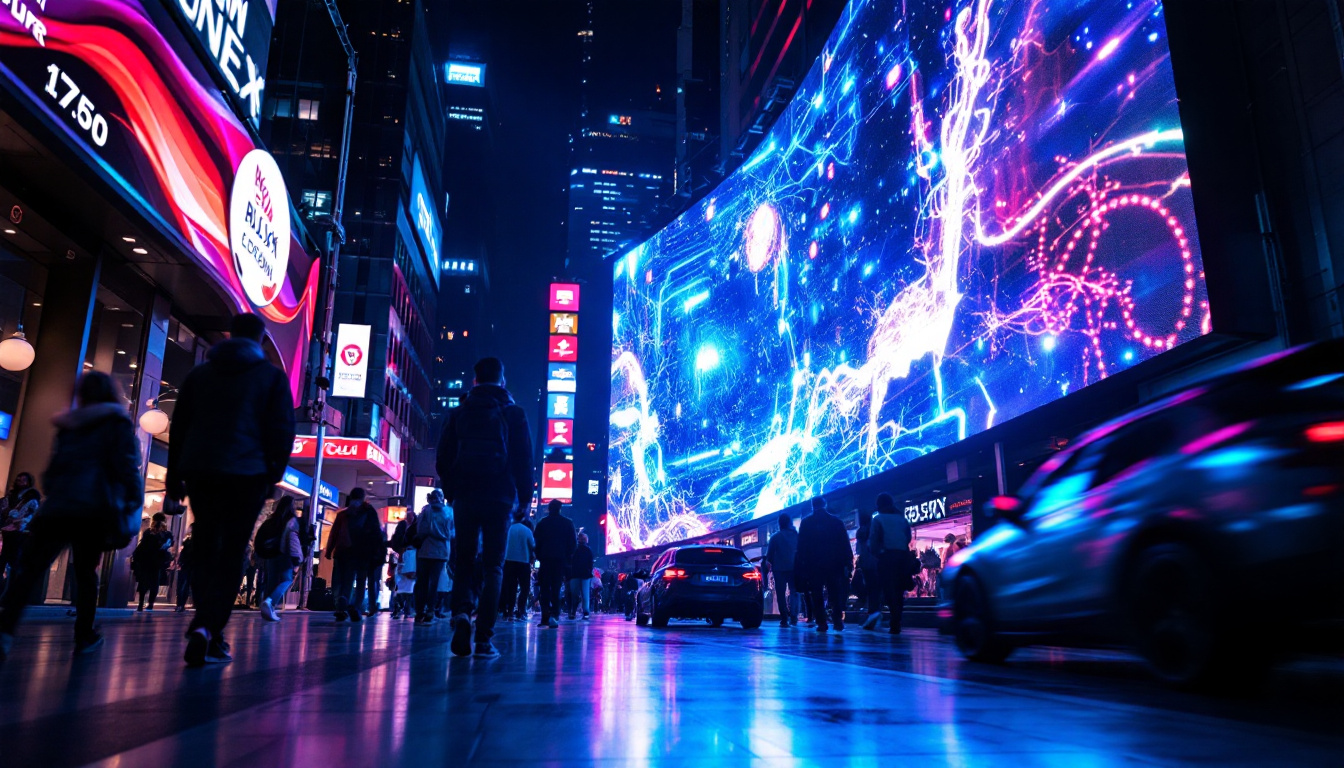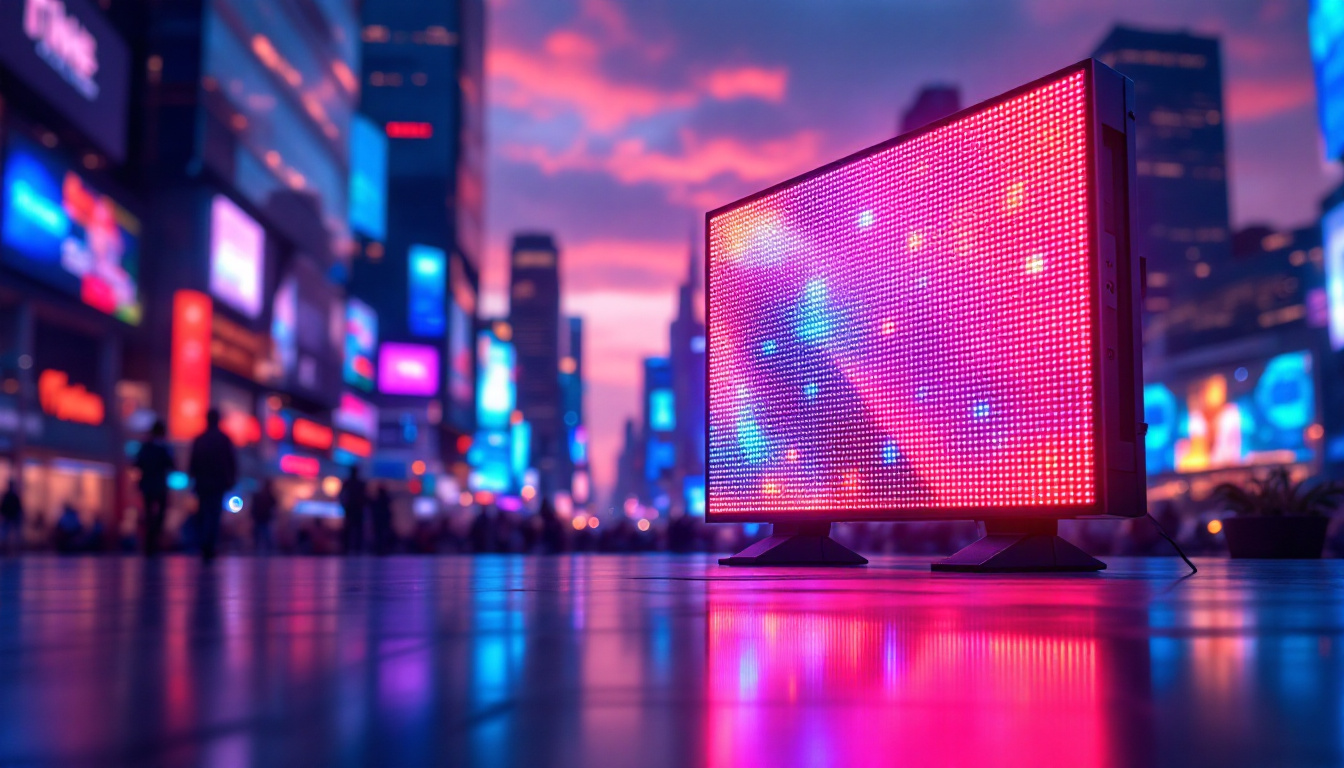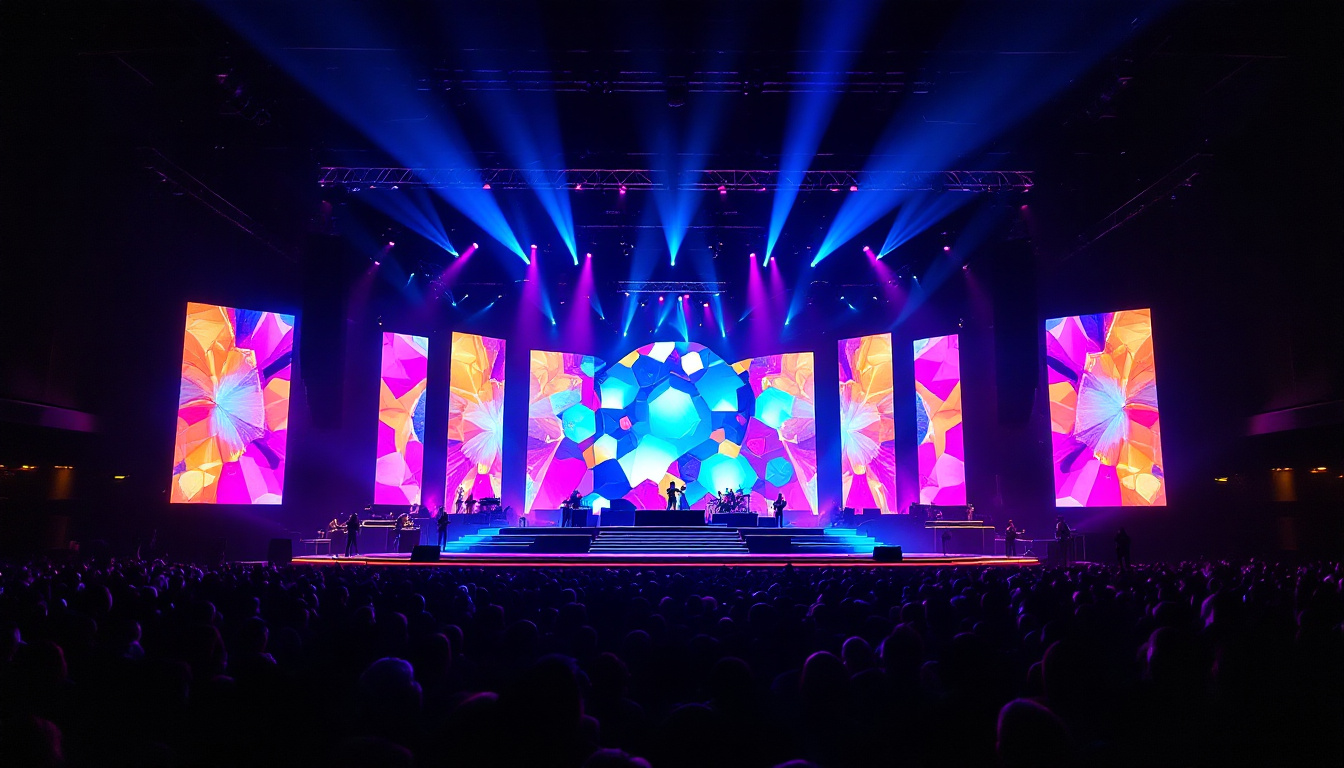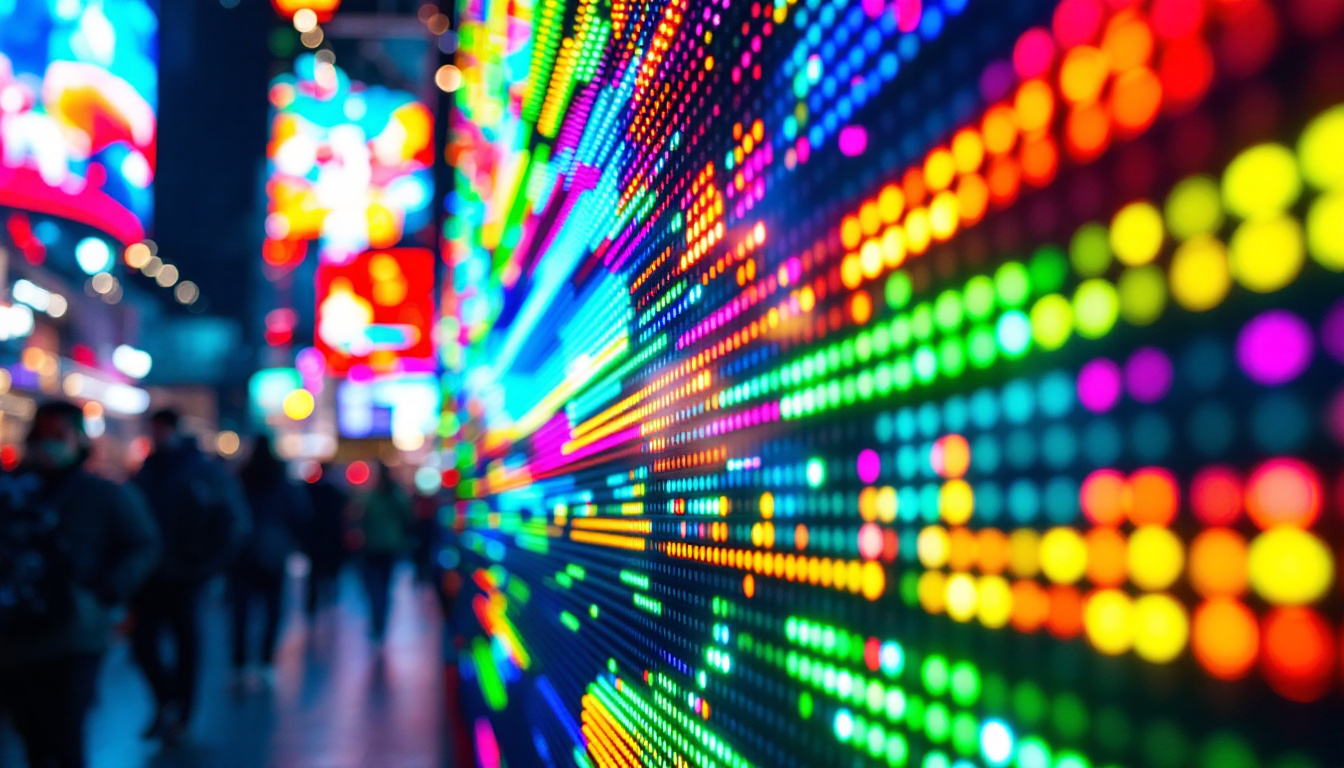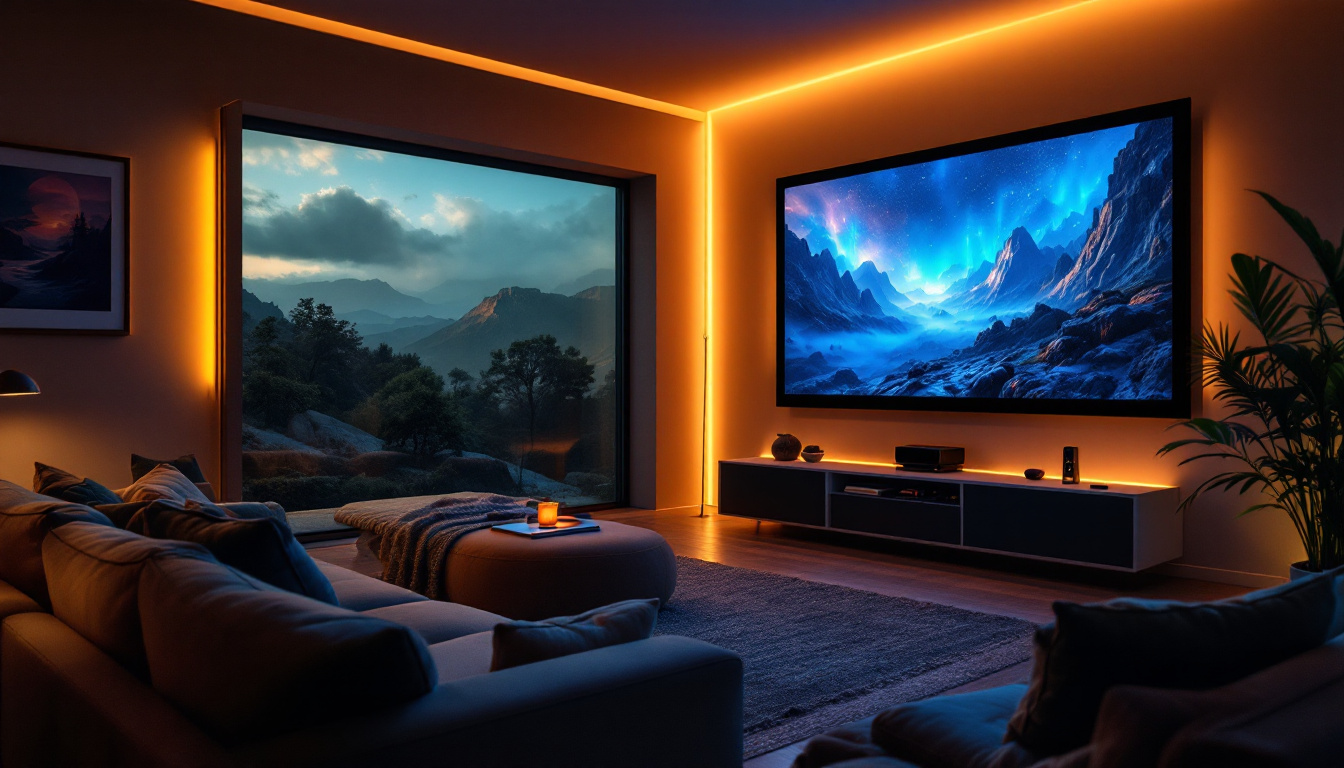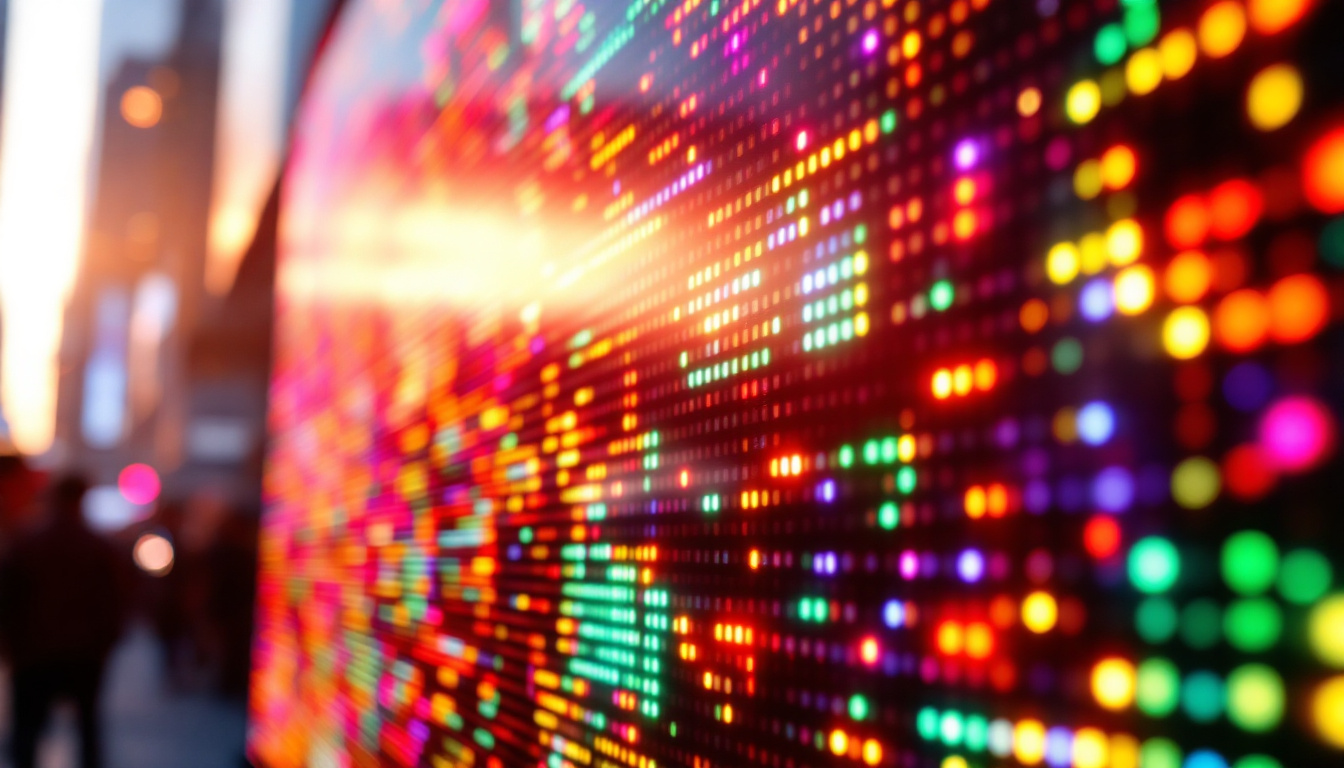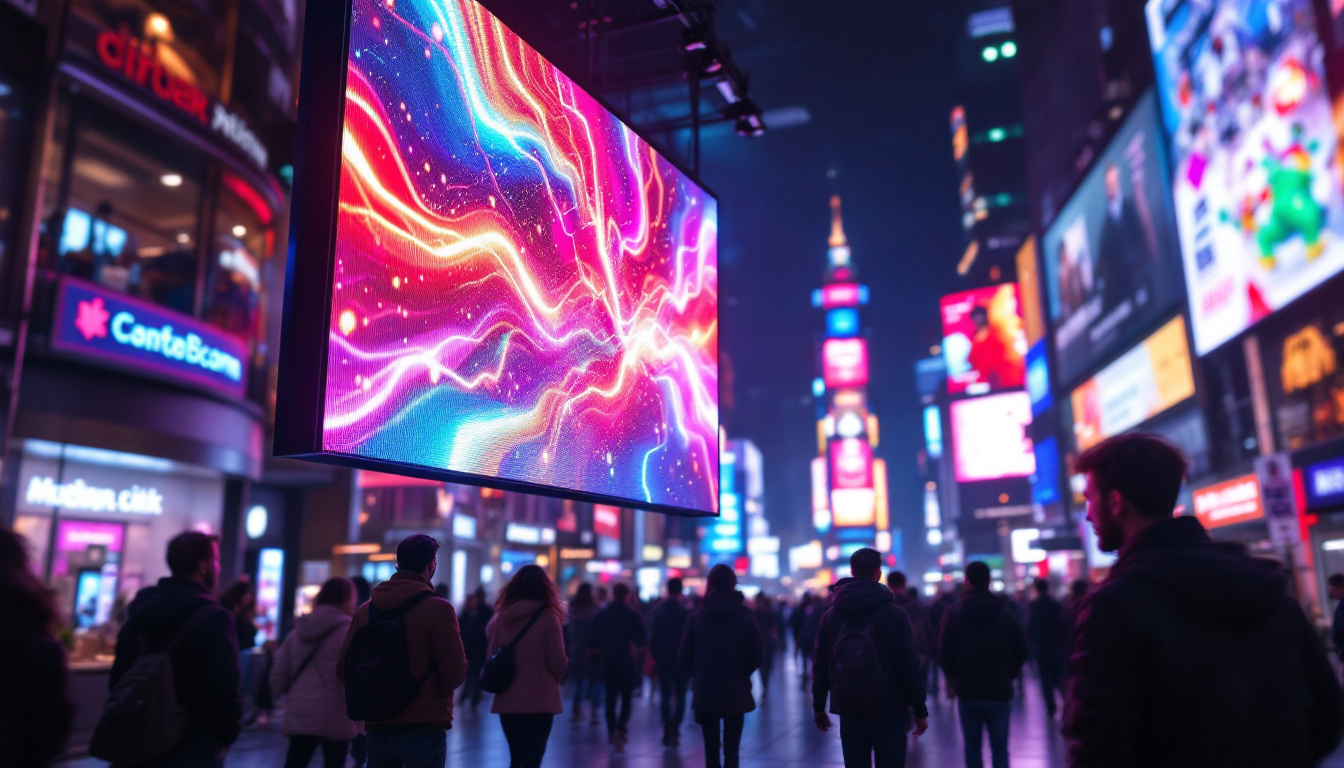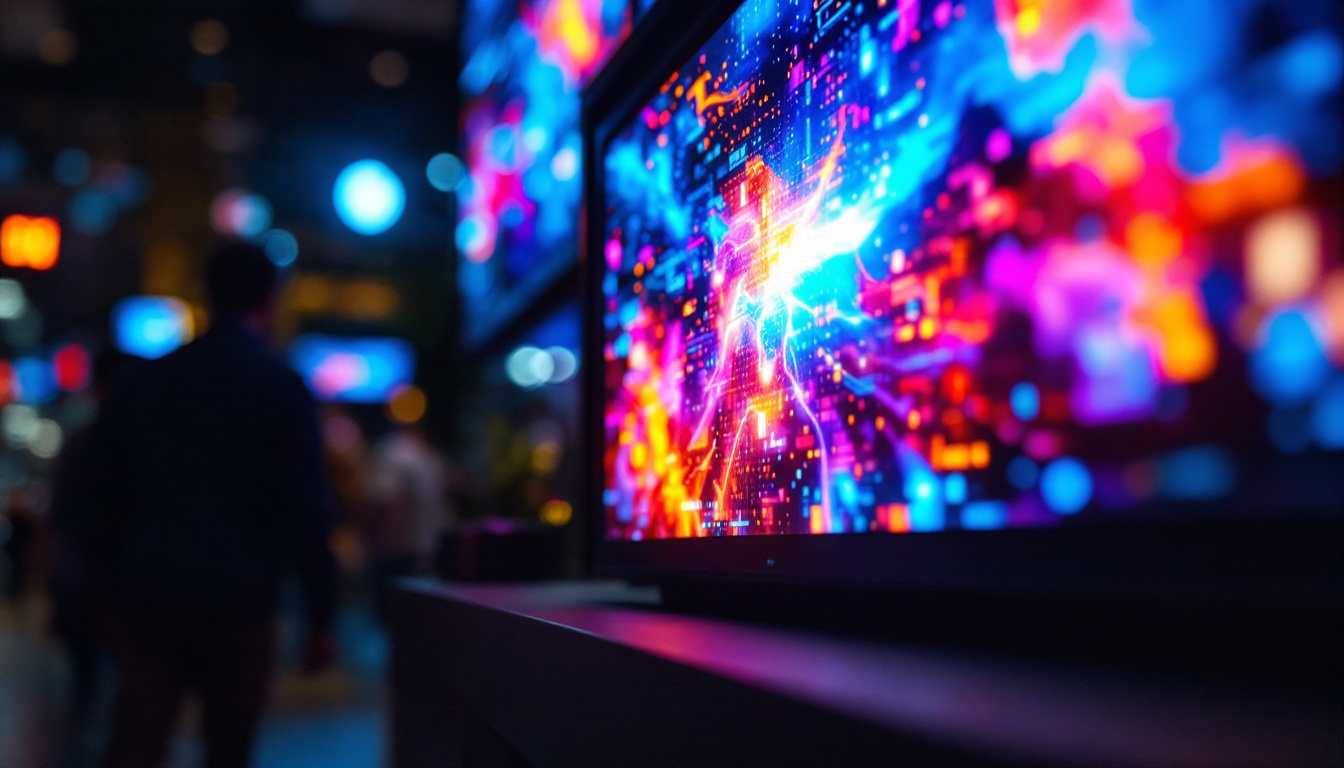In today’s fast-paced digital world, commercial displays have become an integral part of marketing and communication strategies. Among the various types of displays, LED (Light Emitting Diode) technology stands out for its versatility, brightness, and energy efficiency. This article delves into the intricacies of LED displays, exploring their features, applications, and advantages in the commercial sector.
Understanding LED Technology
LED technology is a form of solid-state lighting that utilizes semiconductor materials to emit light when an electric current passes through them. This technology has evolved significantly over the years, leading to the widespread adoption of LED displays in various commercial applications. The advantages of LED technology extend beyond just energy efficiency; they also include longevity, reduced heat output, and a lower environmental impact compared to traditional lighting methods. As a result, LED technology has become a cornerstone in modern lighting solutions, reshaping how we illuminate our spaces.
How LED Displays Work
At the core of an LED display are tiny diodes that emit light in different colors. These diodes are arranged in a grid-like pattern, forming pixels that can be individually controlled to create images and videos. The brightness and color of the display can be adjusted by varying the voltage supplied to each diode, allowing for stunning visuals that can capture attention effectively. The ability to control each pixel independently also enables dynamic content, such as animations and real-time data feeds, enhancing the viewer’s experience.
LED displays can be categorized into two main types: direct-view and backlit. Direct-view LED displays consist of individual LEDs that create the image directly, while backlit displays use LEDs to illuminate a liquid crystal display (LCD) panel. The choice between these types depends on the specific requirements of the application, such as brightness, viewing angle, and resolution. For instance, direct-view displays are often preferred for large outdoor advertising due to their superior brightness and contrast, while backlit displays are commonly used in televisions and computer monitors for their ability to produce sharp images in a compact form factor.
Types of LED Displays
LED displays come in various formats, each designed for specific uses. Some of the most common types include:
- Indoor LED Displays: These are typically used in retail environments, conference rooms, and entertainment venues. They offer high resolution and vibrant colors, making them ideal for close viewing. Indoor displays can also incorporate advanced features such as touch sensitivity, allowing for interactive experiences that engage customers and enhance presentations.
- Outdoor LED Displays: Built to withstand harsh weather conditions, outdoor displays are often used for billboards, sports arenas, and transportation hubs. They are designed for high brightness and durability, ensuring that advertisements remain visible even in direct sunlight. Additionally, many outdoor displays now include smart technology, enabling remote management and real-time content updates, which can significantly improve advertising efficiency.
- Transparent LED Displays: These innovative displays allow light to pass through, making them suitable for applications where visibility is essential, such as storefronts and exhibitions. By blending digital content with the physical environment, transparent LED displays create a unique viewing experience that captivates audiences while maintaining the aesthetic appeal of the space.
Furthermore, the development of flexible LED displays is pushing the boundaries of traditional display technology. These displays can be bent and shaped to fit unconventional surfaces, opening up new possibilities for creative advertising and design. As LED technology continues to advance, we can expect even more innovative applications that enhance our interaction with digital content in everyday life.
Applications of LED Displays
LED displays are incredibly versatile and can be found in a wide range of commercial applications. Their ability to deliver dynamic content makes them a preferred choice for businesses looking to enhance their visibility and engagement.
Retail and Advertising
In retail environments, LED displays serve as powerful marketing tools. They can showcase promotions, new products, and engaging content that attracts customers’ attention. For instance, a vibrant LED screen in a store window can draw in passersby, increasing foot traffic and sales.
Moreover, LED displays can be programmed to change content in real-time, allowing businesses to adapt their messaging based on factors like time of day or customer demographics. This flexibility makes LED displays a cost-effective solution for advertising campaigns.
Events and Entertainment
LED displays play a crucial role in the events and entertainment industry. From concerts to corporate events, these displays can create immersive experiences by showcasing visuals that enhance the overall atmosphere. Large-scale LED screens are often used at festivals and sporting events to provide spectators with clear views of performances and action.
Additionally, the ability to synchronize LED displays with sound systems and lighting creates a cohesive experience that captivates audiences. This technology has transformed how events are produced, making them more engaging and memorable.
Transportation and Wayfinding
In transportation hubs such as airports and train stations, LED displays are used for wayfinding and information dissemination. They provide real-time updates on arrivals, departures, and delays, ensuring that travelers have the information they need at their fingertips.
Furthermore, LED displays can enhance safety by displaying important messages, such as emergency alerts or operational instructions. Their visibility and clarity make them an essential component of modern transportation infrastructure.
Advantages of LED Displays
The adoption of LED displays in commercial settings is driven by numerous advantages that set them apart from traditional display technologies. Understanding these benefits can help businesses make informed decisions about their display solutions.
Energy Efficiency
One of the most significant advantages of LED displays is their energy efficiency. Compared to traditional lighting technologies, LED displays consume significantly less power while providing superior brightness. This not only reduces operational costs but also contributes to sustainability efforts, making LED displays an environmentally friendly choice.
Moreover, the longevity of LED technology means that businesses can save on maintenance and replacement costs. With a lifespan of up to 100,000 hours, LED displays require less frequent replacements, further enhancing their cost-effectiveness.
High Brightness and Visibility
LED displays are known for their exceptional brightness, making them suitable for both indoor and outdoor applications. This high brightness ensures that content remains visible even in direct sunlight or brightly lit environments. Businesses can rely on LED displays to deliver clear and impactful messaging, regardless of the surrounding conditions.
The wide viewing angles offered by LED technology also enhance visibility, allowing multiple viewers to see the content without distortion. This feature is particularly important in crowded spaces where viewers may be positioned at various angles.
Dynamic Content Capabilities
LED displays excel in their ability to display dynamic content, including videos, animations, and interactive features. This capability allows businesses to engage customers in innovative ways, creating memorable experiences that resonate with audiences.
For instance, a retail store can use an LED display to showcase a product demonstration or a promotional video, capturing the attention of potential customers. The ability to change content easily means businesses can keep their messaging fresh and relevant.
Considerations for Choosing LED Displays
While LED displays offer numerous benefits, choosing the right display for a specific application requires careful consideration. Several factors should be evaluated to ensure that the selected display meets the intended goals and requirements.
Resolution and Pixel Pitch
Resolution is a critical factor in determining the quality of an LED display. It refers to the number of pixels in the display and directly affects the clarity of the images and videos shown. Higher resolution displays are ideal for close viewing distances, while lower resolution displays may suffice for larger viewing distances.
Pixel pitch, which is the distance between the centers of two adjacent pixels, also plays a significant role. A smaller pixel pitch results in higher resolution and better image quality, making it essential to choose the right pixel pitch based on the intended viewing distance and application.
Installation and Maintenance
Installation and maintenance requirements can vary significantly between different LED displays. Factors such as weight, size, and mounting options should be considered during the selection process. Additionally, businesses should evaluate the ease of maintenance, including access to components for repairs and cleaning.
Some LED displays come with modular designs that allow for easier maintenance, while others may require specialized tools or technicians for repairs. Understanding these requirements can help businesses avoid unexpected costs and downtime.
Budget and Return on Investment
Budget considerations are paramount when investing in LED displays. While the initial cost may be higher than traditional display options, the long-term savings in energy consumption and maintenance can make LED displays a more cost-effective choice over time.
Calculating the potential return on investment (ROI) is essential. Businesses should analyze how the LED display will contribute to their marketing efforts and overall revenue. Factors such as increased foot traffic, enhanced customer engagement, and improved brand visibility should be considered when evaluating the potential ROI.
The Future of LED Displays
The future of LED displays looks promising, with ongoing advancements in technology and applications. As the demand for high-quality visual experiences continues to grow, innovations in LED technology are expected to enhance performance and expand capabilities.
Emerging Technologies
One of the most exciting developments in the LED display industry is the integration of smart technology. Smart LED displays can connect to the internet, allowing businesses to control content remotely and gather valuable data on viewer engagement. This connectivity opens up new possibilities for targeted advertising and personalized messaging.
Additionally, advancements in microLED technology are paving the way for smaller, more efficient displays with even higher resolutions. This technology promises to revolutionize the way displays are used in various applications, from consumer electronics to large-scale installations.
Sustainability Initiatives
As businesses increasingly prioritize sustainability, LED displays are well-positioned to meet these demands. The energy-efficient nature of LED technology, combined with initiatives to recycle and repurpose old displays, aligns with the growing emphasis on environmentally responsible practices.
Moreover, manufacturers are exploring ways to reduce the environmental impact of production processes, ensuring that LED displays contribute to a more sustainable future.
Conclusion
LED displays have transformed the landscape of commercial communication and marketing, offering businesses a powerful tool to engage audiences effectively. Their energy efficiency, high brightness, and dynamic content capabilities make them an attractive option for a wide range of applications.
As technology continues to evolve, LED displays are expected to become even more versatile and impactful. Businesses that embrace this technology will not only enhance their visibility but also stay ahead in a competitive market. Understanding the intricacies of LED displays and making informed choices will be crucial for leveraging their full potential in the years to come.
Discover LumenMatrix’s Innovative LED Solutions
Ready to elevate your brand’s presence and captivate your audience with the most advanced LED display technology? Look no further than LumenMatrix. Our comprehensive range of solutions, from Indoor and Outdoor LED Wall Displays to specialized options like Vehicle, Sports, and Floor LED Displays, are designed to create immersive visual experiences that resonate with viewers. Embrace the future of visual communication with our Custom, All-in-One, and Transparent LED Displays. Check out LumenMatrix LED Display Solutions today and transform your commercial display strategy.

